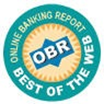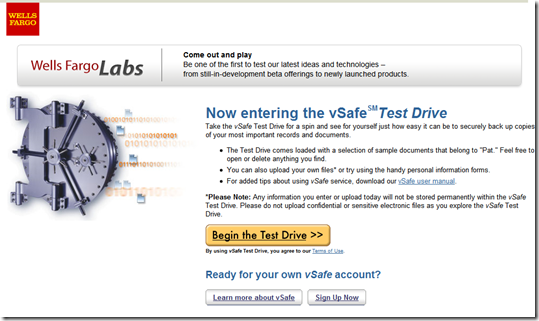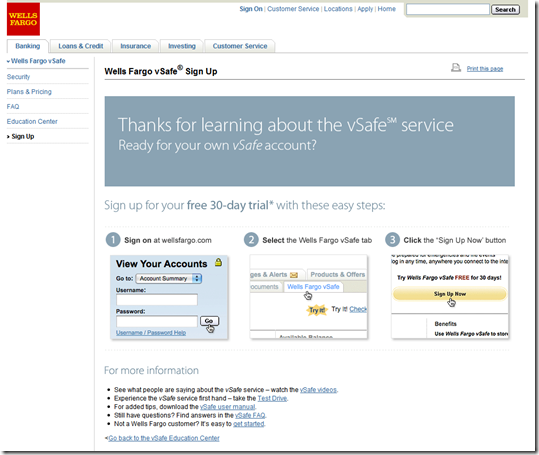 In June, we reported on USAA’s upcoming iPhone app that will support remote check deposits. But it looks like they were beaten to market by tiny WV United FCU headquartered in Charleston, WV. Haven’t heard of WV United? They have just six employees, $11 million in assets, and 3,000 members.
In June, we reported on USAA’s upcoming iPhone app that will support remote check deposits. But it looks like they were beaten to market by tiny WV United FCU headquartered in Charleston, WV. Haven’t heard of WV United? They have just six employees, $11 million in assets, and 3,000 members.
But somehow they were able to pull off something that no other financial institution has yet to accomplish, accepting paper check deposits via a native iPhone application (iTunes link, see note 1 and 2). The application was added to the iPhone App Store on July 4, and the CU wasted no time in heralding the innovation with a homepage banner (see screenshot below).
 The application could not be simpler. Users take a picture by pressing the button on the left (see inset), verifying that the image is readable, then uploading with the button on the right. WV United uses the member’s mobile phone number to apply it to the correct account. The latest iPhone OS 3.0 is required.
The application could not be simpler. Users take a picture by pressing the button on the left (see inset), verifying that the image is readable, then uploading with the button on the right. WV United uses the member’s mobile phone number to apply it to the correct account. The latest iPhone OS 3.0 is required.
The credit union also accepts deposits via in-home scanners using secure file transfers powered by LeapFile (co-branded site here).
It appears both services simply send images to the credit union where an employee manually converts them to ACH items. According to the E-Deposit customer agreement, the first 10 items each month are free; a $1 fee per item for the remainder of the month is charged. This allows for collection of a bit of fee revenue from small business members, while enabling most consumers to use it free of charge.
Certainly, fraud possibilities exist. But the CU’s normal deposit-processing controls should mitigate most of the risk (see E-Deposit funds availability policy here).
Mitek Systems introduced a mobile remote-deposit system last year (post here), but it’s not yet in production at any financial institutions.
 Analysis: Although not a feature that will see widespread usage, mobile check deposits will prove convenient for certain customers, especially mobile small businesses. More importantly, it helps differentiate between online and mobile services.
Analysis: Although not a feature that will see widespread usage, mobile check deposits will prove convenient for certain customers, especially mobile small businesses. More importantly, it helps differentiate between online and mobile services.
So, for raising the bar in mobile banking, we are awarding WV United with our first OBR Best of the Web award for 2009 (note 3). In the 12 years we’ve given the award, WV United is by far the smallest financial institution to win.
WV United FCU homepage with iPhone banner (11 July 2009)

iPhone app landing page (link)

Notes:
1. Sometimes it’s nice to be small. WV United has six employees total, according to NCUA data. Most large banks would have a project team larger than that just to do the feasibility study on mobile remote-deposit capture.
2. For more info on the importance of iPhone applications for financial services, see our recent full report: Online Banking Report: Mobile Banking via the iPhone.
3. OBR Best of the Web awards are given periodically to companies that pioneer new online and mobile banking features. It is not an endorsement of the company or product, just recognition for what we believe is an important development. WV United is the 74th recipient of the designation since we began awarding it in 1997.
 Pitney Bowes (PB) hit me with a cross-sale message this morning, and surprisingly it was for a banking service, remote deposit capture (see email below). Because we already do ACH transactions through PB to load our postage meter, it’s something I would consider buying from them, especially since our business bank does not offer RDC.
Pitney Bowes (PB) hit me with a cross-sale message this morning, and surprisingly it was for a banking service, remote deposit capture (see email below). Because we already do ACH transactions through PB to load our postage meter, it’s something I would consider buying from them, especially since our business bank does not offer RDC. 













































